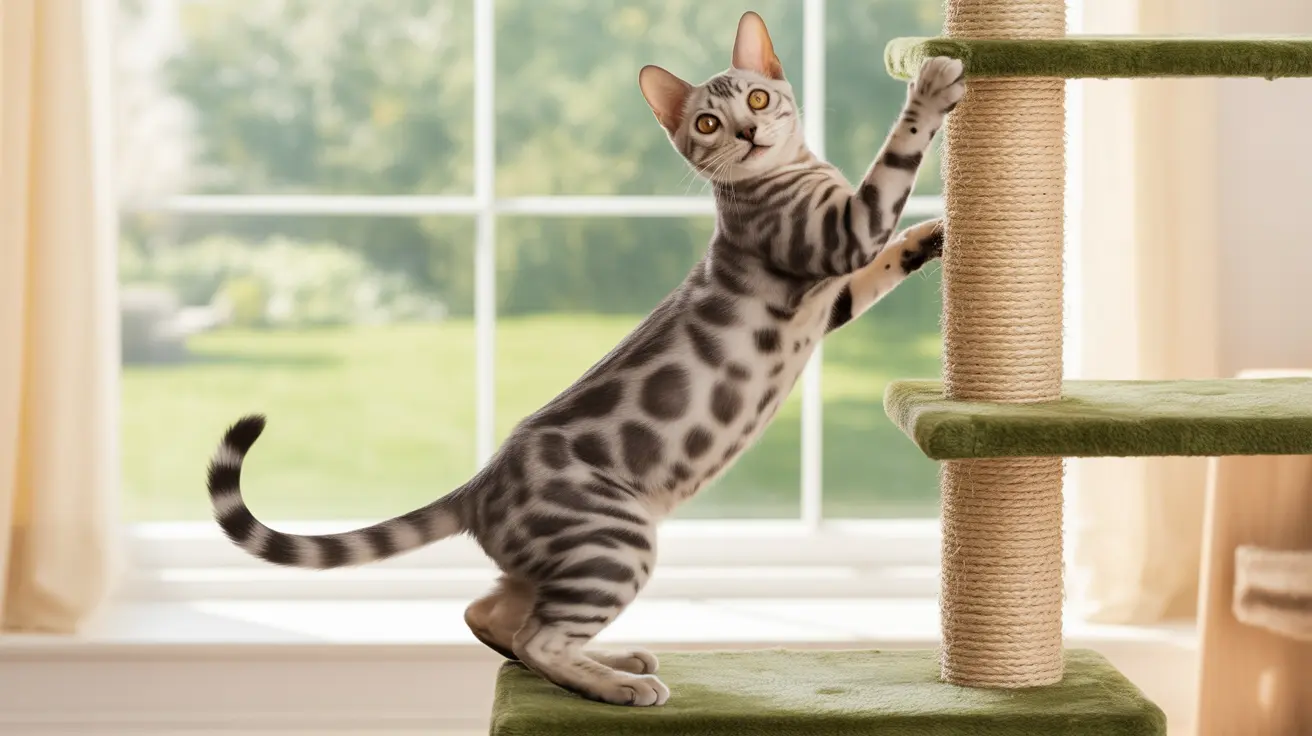Creating a custom PVC cat tree is an excellent way to provide your feline friend with an engaging climbing and scratching structure while saving money. This comprehensive guide will walk you through the process of building a durable, safe, and attractive cat tree using readily available PVC materials.
Whether you're looking to create a simple scratching post or an elaborate multi-level cat paradise, PVC pipe offers the perfect combination of strength, affordability, and customization options. Let's explore everything you need to know to build the perfect PVC cat tree for your home.
Essential Materials and Tools
Before starting your PVC cat tree project, gather these necessary supplies:
- 1-inch Schedule 40 PVC pipe (approximately 40 feet for a standard tree)
- PVC fittings (four-way tees, three-way elbows, end caps)
- 1/2-inch plywood for platforms
- Sisal rope for scratching posts
- Carpet or fabric for platforms
- PVC cement
- Pipe cutter or saw
- Drill and screws
- Hot glue gun
- Measuring tape
- Sandpaper
Planning Your PVC Cat Tree Design
A successful build starts with thoughtful planning. Consider your cat's preferences and your available space. Map out the design on paper, including:
- Base dimensions (typically 24" x 24" for stability)
- Platform heights and spacing
- Number of scratching posts needed
- Overall height (ensuring it fits your ceiling)
- Location of climbing routes and perches
Building the Base and Frame
Start with a solid foundation to ensure stability:
- Create a double-layered plywood base
- Attach carpet to the base for grip
- Install vertical PVC supports using pipe straps
- Connect horizontal supports using PVC fittings
- Test stability before proceeding
Adding Platforms and Features
Once your frame is secure, focus on the features your cat will use:
- Cut plywood platforms to size (12-18 inches square)
- Sand edges and corners for safety
- Cover platforms with carpet or fabric
- Secure platforms to the frame using brackets or end caps
- Add optional features like hammocks or toys
Wrapping Posts with Sisal Rope
Create durable scratching surfaces by properly wrapping posts:
- Start at the bottom of each designated post
- Apply hot glue in a spiral pattern
- Wrap sisal rope tightly, avoiding gaps
- Secure ends firmly with additional glue
- Leave unwrapped sections near fittings for clean connections
Safety and Maintenance Tips
Ensure your PVC cat tree remains safe and appealing:
- Check fittings monthly for tightness
- Vacuum platforms and rope regularly
- Replace worn sisal rope sections as needed
- Inspect for loose carpet or fabric
- Clean with pet-safe products
Frequently Asked Questions
How do I build a sturdy and safe DIY cat tree using PVC pipes?
Ensure stability by using a wide base, proper cross-bracing, and secure connections. Use PVC cement or screws at joints, and consider wall anchoring for taller structures.
What materials and tools are needed for making a PVC cat tree at home?
Essential materials include 1-inch PVC pipe, fittings, plywood, sisal rope, and carpet or fabric. Tools needed are a pipe cutter or saw, drill, hot glue gun, and measuring tape.
How can I customize a PVC cat tree to fit my cat's climbing and scratching habits?
Observe your cat's preferences and adjust platform heights, scratching post locations, and features accordingly. Include multiple levels for climbers and covered spaces for shy cats.
What are the best ways to wrap PVC posts with sisal rope for scratching?
Use hot glue in a spiral pattern while wrapping the rope tightly without gaps. Start from the bottom, maintain consistent tension, and secure ends firmly with additional glue.
How do I ensure the stability and durability of a multi-level PVC cat tree?
Use a large, heavy base, proper cross-bracing, and wall anchors for tall structures. Regular maintenance checks and prompt repairs will extend the life of your cat tree.
Building a PVC cat tree is a rewarding project that can save money while providing your cat with a customized play structure. With proper planning, materials, and attention to safety, you can create a durable and engaging piece of cat furniture that will last for years to come.






